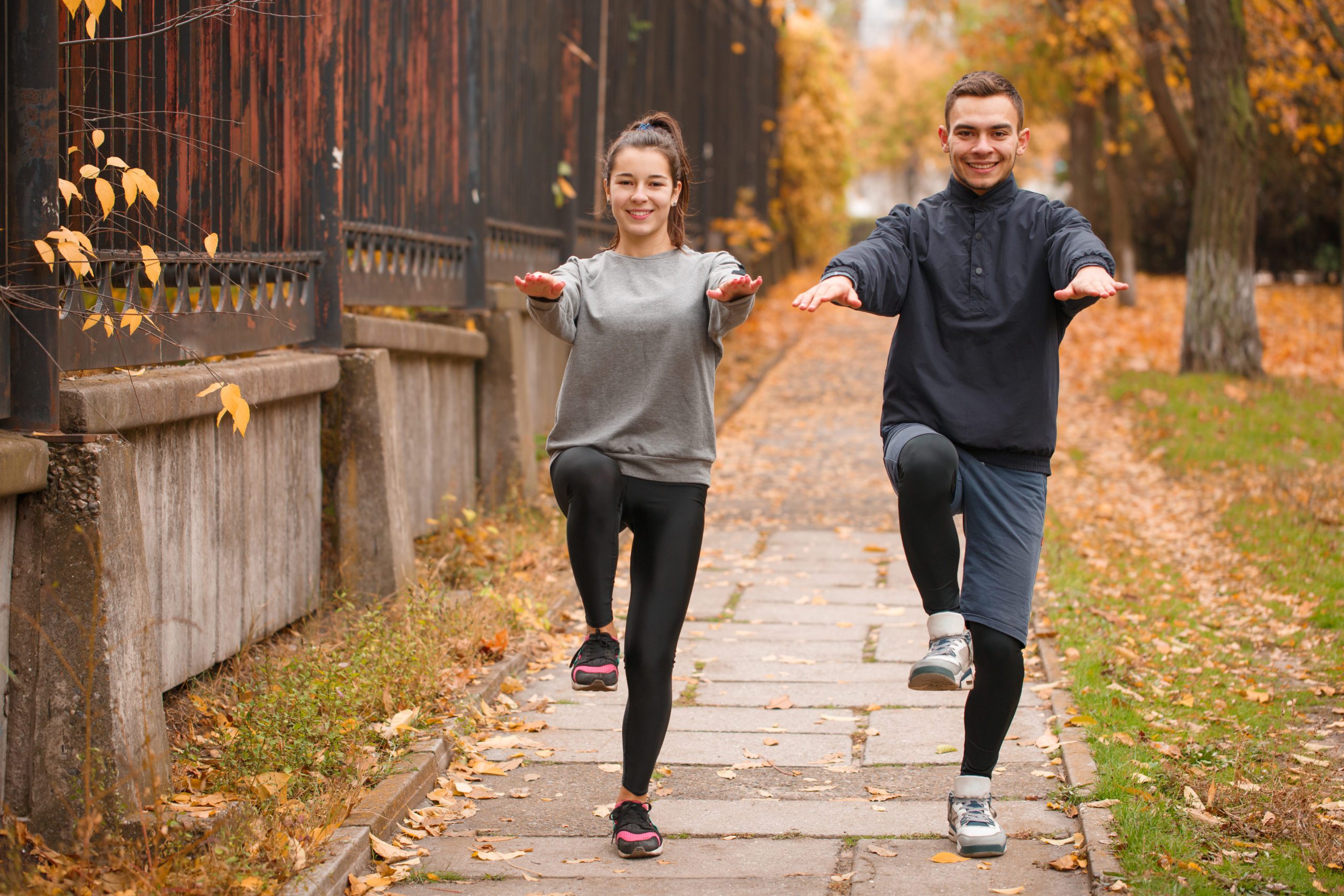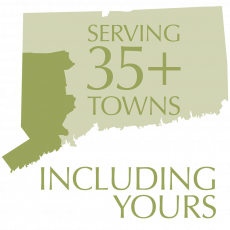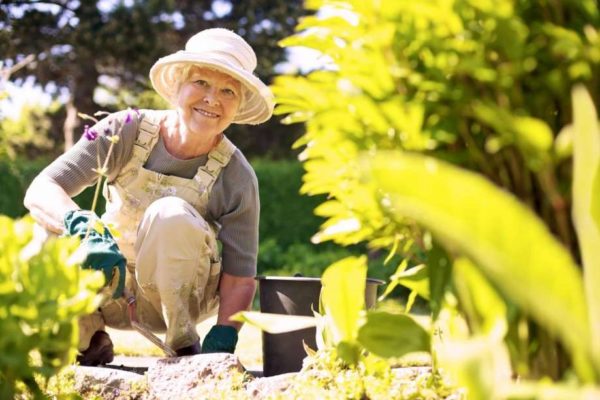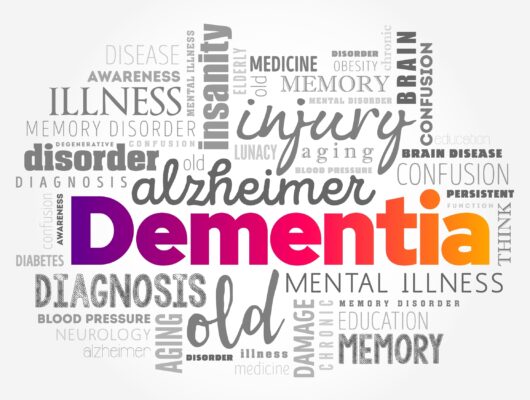

Balance is an important part of optimal health, particularly as we age — meaning as we advance past the age of 30. (Yes, 30!) And not just equalizing work/life obligations, but physical body balance. Balance is the state of equilibrium when all forces are aligned resulting in optimal posture, muscle control, and spatial orientation. Much like with lifestyle balance, if our bodies are not properly aligned, undesirable consequences are the result. With normal aging, or following injury, surgery, or any physical stressor, improper balance can result in falls, muscle/strength weakening, and decreased mobility.
Maintaining healthy balance is not difficult and can improve overall movement, enhance joint mobility, and reduce injury risk. According to the Centers for Disease Control, the muscles that keep us upright begin to weaken in our 30s and falls are a leading cause of injury or death in people over age 65. One in three in this age group experience a debilitating fall each year.
Oftentimes, people don’t recognize when their coordination is compromised and the RVNAhealth Rehabilitation & Wellness Center team offers tips for maintaining optimal balance health at every age:
Strengthen core muscles. It doesn’t take a crunch class at the gym to increase core strength (though don’t let us stop you!). Some simple ways to engage core muscles include planks and push-ups (try doing them on the counter if the traditional floor versions are too much. Add an arm lift to the plank if you’re able.
Improve your static balance (your ability to hold our body in a specific position and posture) by standing on one leg. On a flat, stable surface, like while at the sink or on the phone, lift one leg off the floor – even a few inches. Then repeat with the other leg. Do whatever it takes to hold for 30 seconds. Always repeat this exercise more than once. The first time simply wakes up the nervous system, but the second or third round really reiterates the learning and engrains the new pattern.
Walk heel to toe twenty steps forward and twenty steps back to the starting position. This works on your dynamic balance. Use arms for stabilization, as needed. Then walk on your tippy toes, walk on your heels, walk sideways, and walk BACKWARDS! With caution, please!
Incorporate quality rest. A good night’s sleep improves equilibrium; sleep deprivation can slow the body’s ability to respond, increasing fall and injury risk.
Do Yoga. Regardless of fitness level, yoga is a safe way to improve strength, lengthen muscles, and reduce stress, all which can impact body balance.
Stay hydrated! The Vestibular system in the inner ear relies on a good fluid balance. Being dehydrated can lead to slower reflexes in response to a fall.
Give the brain a good workout. Yes, the brain plays an important role in body balance because it processes signals from the sensory body systems to aid in movement and balance. Keeping the brain engaged through reading, word/numeric puzzles, other mind-challenging hobbies, listening to music, or trying a new skill can strengthen brain performance which positively affects balance.
If your balance is a concern, contact the RVNAhealth Rehabilitation & Wellness Center at (203) 438-7862 to schedule an evaluation, or attend an upcoming Falls Assessments & Balance Testing program.





